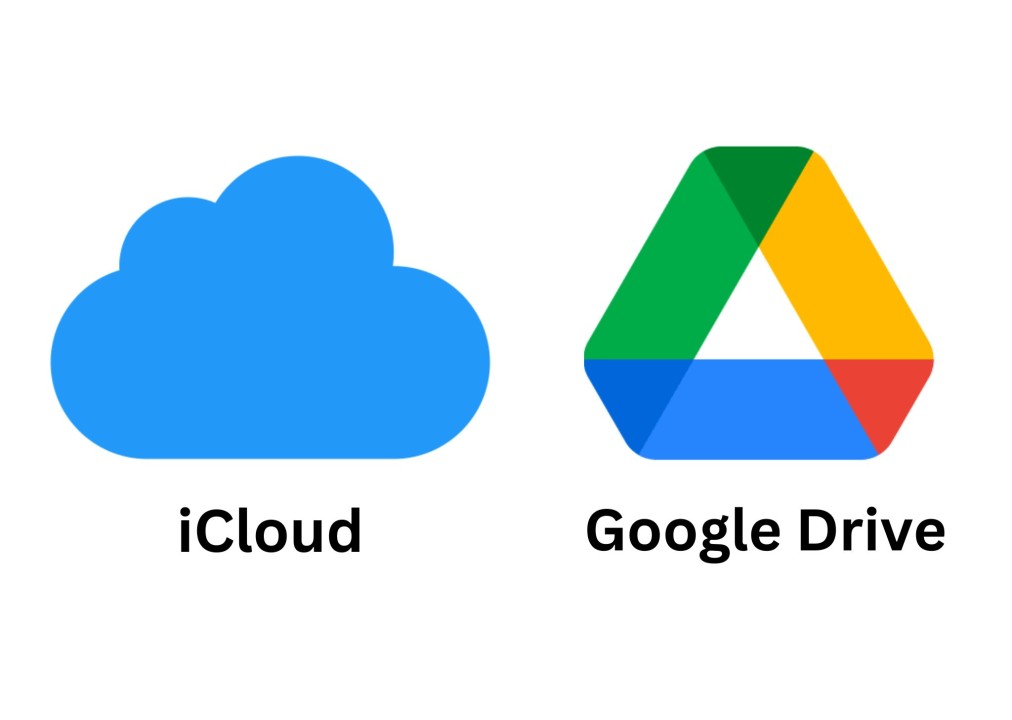
iCloud vs. Google Drive: A Comparative Analysis
Cloud storage has become an integral part of our digital lives, allowing us to store and access data from virtually anywhere with an internet connection. Two of the most popular cloud storage platforms are Apple's iCloud and Google Drive. Let's dive into their features, strengths, and differences.
1. Platform Integration:
Apple iCloud: Primarily integrated with Apple products like iPhones, iPads, and Macs. While it's possible to access iCloud from a Windows PC, it's primarily designed with Apple users in mind.
Google Drive: Accessible across multiple platforms including Windows, macOS, and Android. The Drive app and associated apps (like Google Docs and Sheets) are platform-agnostic, making them versatile.
2. Storage Capacity & Pricing:
iCloud: Offers 5GB of free storage. Paid tiers are available, starting at $0.99/month for 50GB, with larger plans available.
Google Drive: Initially provides 15GB of free storage, which includes data from Google Photos, Gmail, and other Google services. Paid plans, under Google One, start at $1.99/month for 100GB.
3. Collaboration & Productivity Tools:
iCloud: While iCloud Drive supports file sharing, Apple's productivity tools like Pages, Numbers, and Keynote are not as universally accepted as Google's suite.
Google Drive: Comes with integrated productivity tools like Google Docs, Sheets, Slides, and Forms. These tools support real-time collaboration, making them popular for both personal and professional use.
4. Security:
iCloud: Apple places a heavy emphasis on user privacy and security. iCloud features end-to-end encryption for data, with two-factor authentication available for additional account security.
Google Drive: Google also ensures data encryption both in transit and at rest. Two-factor authentication is available, and Google's advanced AI often detects and alerts users about suspicious activities.
5. File Backup & Sync:
iCloud: iCloud backs up the entire device, including photos, app data, and settings. iCloud Photos and iCloud Music Library sync media across devices.
Google Drive: Google Drive focuses on file and document backup. However, with tools like Backup and Sync, users can also synchronize various folders from their devices.
6. User Interface:
iCloud: Boasts a clean and intuitive interface, especially on macOS and iOS, with seamless integration into the Apple ecosystem.
Google Drive: Offers a straightforward and user-friendly interface. The search functionality, powered by Google, makes finding documents and files easier.
Conclusion:
Both iCloud and Google Drive offer robust cloud storage solutions with their unique strengths. iCloud might be the go-to for those heavily invested in the Apple ecosystem, valuing seamless device integration. In contrast, Google Drive shines with its collaborative tools and cross-platform accessibility. Depending on individual needs, either platform could be the perfect fit.
Thank u for a simple explanation that isn’t selling me something.